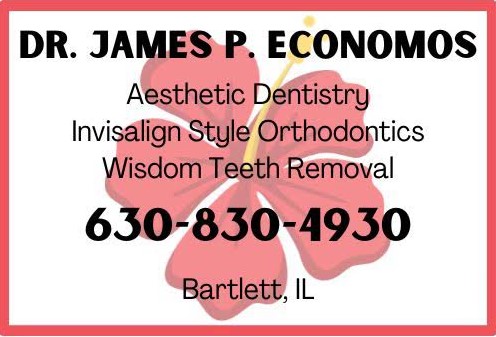Are private schools less likely to experience a mass shooting? Corey DeAngelis surveys some suggestive data:
Hyewon Kim—a Cato Center for Educational Freedom Intern—compiled information on school shootings in the United States from 2000 to 2018 using the Tribune-Review database. The database is limited to legitimate school shootings; that is, shootings that occurred on or near a K-12 school campus while classes were in session or when students were present. The list also excluded suicide-only incidents.
Hyewon found 134 school shootings from 2000 to 2018. Only eight of these occurred in private schools while 122 occurred in public schools. The type of school could not be definitively classified for 4 of the shootings. […] [A]bout 94 percent of the shootings that could be classified occurred in public schools while only about 6 percent occurred in private schools. […]
The most recent data from the National Center for Education Statistics show that around 25 percent of U.S. K-12 schools are private, while about 10 percent of schooled children attend private schools. In other words, the data suggest that children that go to private schools are disproportionately less likely to experience a school shooting than children in public schools.
Of course, considering the difference in the number of students across the two sectors does not account for differences in the types of students. After all, at least some of the divergence in school shootings found are likely due to other factors such as household income and parent education levels.
However, a recent study by Danish Shakeel and me, presented at the International School Choice and Reform Conference, finds that private schools experience better school culture than public schools even after controlling for several characteristics such as school size, location, racial composition of students and teachers, and the percent of students from low-income families. We find that private schools are significantly less likely than public schools to experience problems such as student fighting, bullying, and, perhaps most importantly, weapon possession.
[Corey A. DeAngelis, “Are Shootings More Likely to Occur in Public Schools?” Cato Institute, April 11]







